Teachers and schools are doing their best to adjust to this strange new land. Zoom classes, asynchronous learning, and Facebook lessons are all being implemented with varying degrees of success.
But what happens when school comes back in session? Are these closures merely a “long snow day,” as one educator put it? Or will this experience fundamentally change the nature of what it means to “do school”?
Leading political scientists and sociologists have documented that most large-scale social changes happen amid and in the wake of crises. Think of the rise of the social welfare state in Europe post–World War II, or the social safety net developed during the Great Depression.
Looking at the American education system in particular, the post–Civil War era led to more widespread post-elementary schooling. Decades later, the implementation of the G.I. Bill after WWII transformed our higher education landscape by making it accessible to new classes of Americans. COVID-19 certainly counts as a large-scale crisis, hence the opportunity for transformative social change to education.
The COVID-19 crisis has closed over 124,000 schools in America. Most will be closed until next fall, with many likely experiencing roving blackouts throughout the year. Since the rise of compulsory schooling in America a century ago, there has never been this level of school shutdown. Not during the Spanish Flu of 1918 or World War II, or after 9/11.
